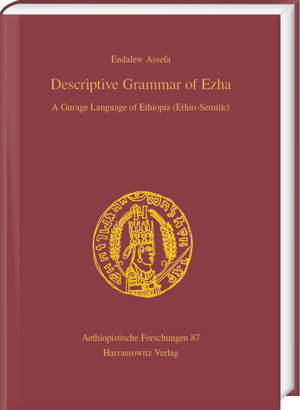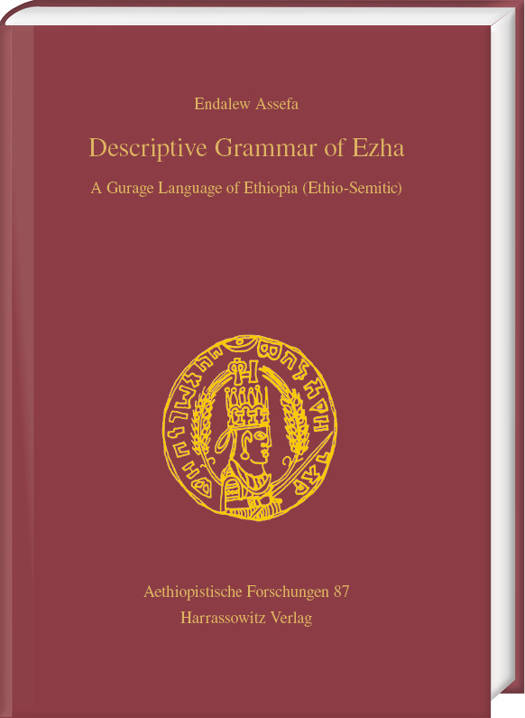
- Afhalen na 1 uur in een winkel met voorraad
- Gratis thuislevering in België vanaf € 30
- Ruim aanbod met 7 miljoen producten
- Afhalen na 1 uur in een winkel met voorraad
- Gratis thuislevering in België vanaf € 30
- Ruim aanbod met 7 miljoen producten
Zoeken
€ 198,45
+ 396 punten
Omschrijving
Except for a few fragmentary works intended to describe the specific aspects of the grammar of the Ezha language, there has not been any comprehensive work so far that can serve as a referential grammar. This volume by Endalew Assefa fills the gap by describing the language in its entirety taking into account the up-to-date linguistic methodologies and theories. The carefully and systematically analyzed treasure of data and texts contribute in the study of Gurage languages in particular and Ethio-Semitic languages in general. The data were collected from native speakers of the language by paying subsequent visits to the place where the language is spoken. To maintain data authenticity and accuracy, the author made frequent checks and re-checks with different competent informants having taken all the linguistic fieldwork variables into consideration. Way beyond serving the linguistic community as a reference grammar, this comprehensive description is also believed to play a significant role in future attempts to compile dictionaries and write primers as well as other reading materials in Ezha. In addition, this research work can be taken as an invaluable documentation of the language with a major impact in comparative South Ethio-Semitic linguistics and Ethio-Semitic studies at large.
Specificaties
Betrokkenen
- Auteur(s):
- Uitgeverij:
Inhoud
- Aantal bladzijden:
- 282
- Taal:
- Engels
- Reeks:
- Reeksnummer:
- nr. 87
Eigenschappen
- Productcode (EAN):
- 9783447118439
- Verschijningsdatum:
- 1/06/2022
- Uitvoering:
- Hardcover
- Formaat:
- Genaaid
- Afmetingen:
- 173 mm x 26 mm
- Gewicht:
- 7026 g

Alleen bij Standaard Boekhandel
+ 396 punten op je klantenkaart van Standaard Boekhandel
Beoordelingen
We publiceren alleen reviews die voldoen aan de voorwaarden voor reviews. Bekijk onze voorwaarden voor reviews.








